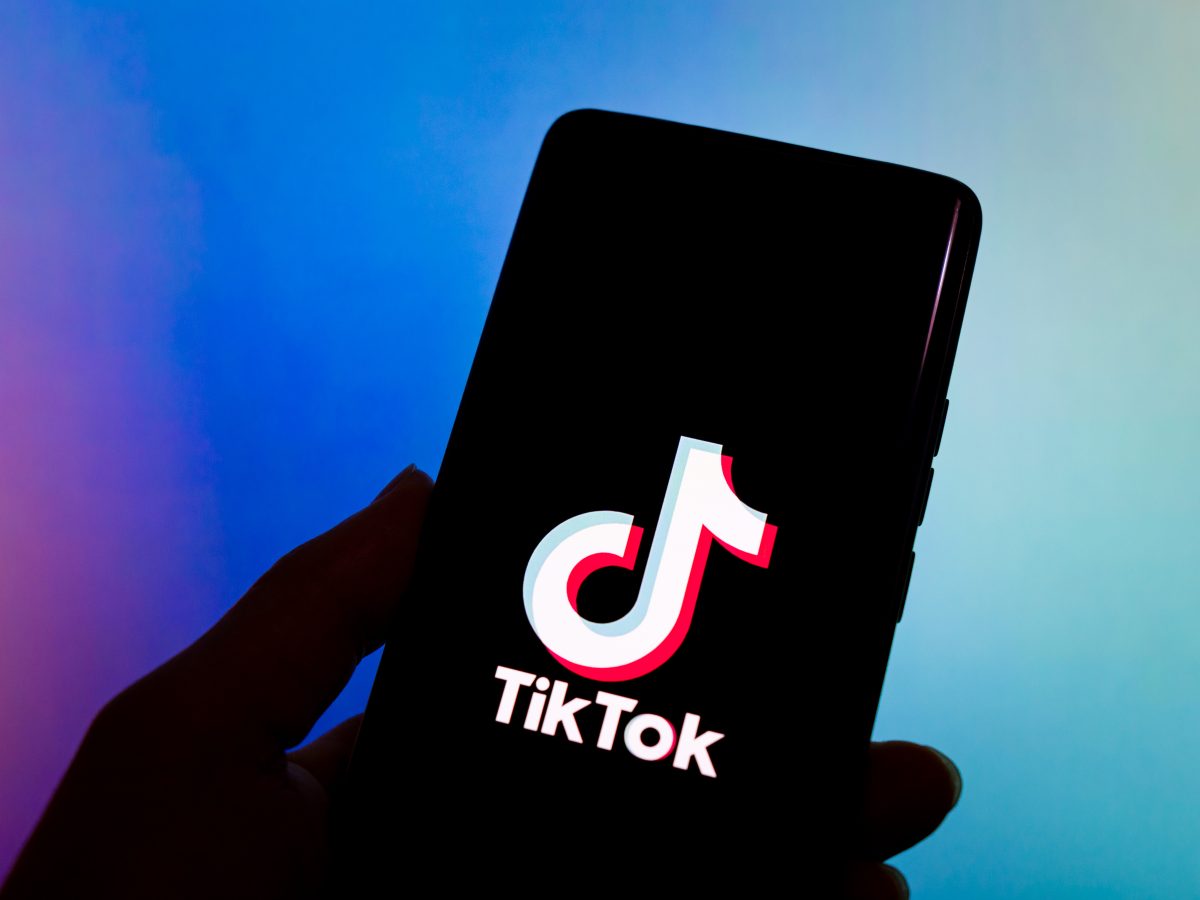
The old saying “nothing lasts forever” tends to ring more true nowadays, especially in the case of TikTok. Since its inception almost a decade ago, the beloved platform affectionately known as the “clock app,” has become the premier destination for nearly everything — from entertainment and fashion to music and politics. With over 1 billion active users each month, the leading social media giant has garnered a certain authority in our lives, heavily influencing how we talk, dress, and even think. The app has proven to be particularly beneficial and lucrative for influencers and creators, with its algorithm being easier to master, compared to competitors like Instagram (research shows engagement on TikTok is twice as high as Instagram). As many perks as TikTok brings, it’s evolved into a controversial hotspot, especially in beauty, and a national security threat, resulting in its upcoming ban.
In June 2022, it was revealed that the app’s China-based employees gained access to its users’ non-public information which prompted Congress to produce a bill that would force its sale to a U.S. company or ban it for all of the nation’s users. The law that’s set to be passed on Jan. 19 has garnered the disapproval of many. However, with the app’s overindulgent qualities, including the cultural appropriation of the Black community — thanks to its beauty trends — could this change be a good thing?
Throughout the years, TikTok has birthed some of the most popular beauty fads that were seemingly innovative but were really nothing new; especially for Black women. Remember Hailey Bieber’s “brownie glazed lips” that took over the industry in 2022? We did it first. The trend deemed “noteworthy” is clear lip gloss layered over brown lip liner, an everyday staple among Black women. Notable stars like Naomi Campbell brought it to mainstream acceptance in the 1990s, often sporting it at industry events and on the runway. Even so, Bieber was credited as the innovator behind it all. Though unfortunate, it wasn’t a surprise, since the model fits into ideal European standards of beauty that society continuously praises, number one being the color of her skin.
Many other aesthetics have been accredited to the beauty entrepreneur along with other white creators on TikTok. “Sticky bangs” (laid edges), “Mamma Mia Hair” (twist outs), “Ghetto Makeup” (Black women doing makeup), “Clean girl aesthetic” (slick-back bun) — you name it, Black and brown women have been doing it. Since the clock app has cemented itself as the birthing place for all of these appropriating trends, could Black and brown communities finally find some relief from the exhausting cycle?
It may be wishful thinking, but can you blame us for asking? The clock app gives its users this distinct freedom and power, even though trends can originate anywhere. You can post anything you want that’s bound to get significant reach due to the app’s more welcoming algorithm in terms of numbers, but of course, the level of freedom is even higher for white creators. It’s become clear that TikTok’s FYP needs extensive cultural sensitivity training, but the allowance of appropriation goes back to the app’s foundation: an algorithm made to suppress diverse opinions. With this programming, it becomes easy for creators and users to absorb and release content without understanding its problematic or appropriating tendencies.
Are other apps incapable of creating this same troublesome environment? No, as Stixx Mathews, beauty writer and expert points out cultural appropriation will heighten, despite TikTok’s demise. “Culture vultures will continue to find innovative ways to stay relevant,” he says. “TikTok just gave greater visibility to these happenings — but through other social mediums like Facebook, X, and Instagram, I’m sure we’ll see a rise like never before and more conversations will be around the thin line of appreciation vs appropriation.”
With other apps ready to compete to become the new TikTok and cultural appropriation being a longstanding issue for decades, expecting the cycle to stop completely is a bit of a delusion. Ariel Baker, Marie Claire’s beauty writer, expresses that the flaws found in beauty are bigger than TikTok, so they are likely to continue after its ban is finalized. “I do think that TikTok being banned will allow it to be seen for what it is instead of people lazily trying to attribute what are very clearly cultural markers of beauty to “Gen Z on TikTok,” she says. “It will definitely slow down (or at least how often we perceive it will,) but it’s always going to happen unfortunately.”
As TikTok’s U.S. run comes to an end in just under a week, it’s understandable to feel a sense of grief. For creators and users, TikTok has become a haven where freedom of expression can run wild (sometimes too wild) and you can be completely uninhibited. Yet, with so much of its success achieved at the expense of Black beauty, maybe its ban could mean a break for our people. Blackness is something to appreciate, not mock, and though it’s a farfetched concept for our current world, maybe we won’t have problematic trends pushed in our faces 24/7 (or at least we hope so).